- Choosing the Right Location
- Sunlight
- Soil Quality
- Space
- Protection from Wind
- Accessibility to Water
- Preparing the Soil
- Seeding or Transplanting
- Caring for Cucumber Grass
- Planting
- Watering
- Fertilizing
- Pruning
- Pest and Disease Control
- Harvesting
- Harvesting and Storage
- Properties of Cucumber Grass
- Questions and Answers:
- What is cucumber grass?
- How do I plant cucumber grass?
- What are the properties of cucumber grass?
- Can I grow cucumber grass in containers?
- How long does it take for cucumber grass to germinate?
- How often should I water cucumber grass?
- What are some common pests and diseases that affect cucumber grass?
- Videos: Unbelievably abundant fruit – New method to grow cucumbers at home
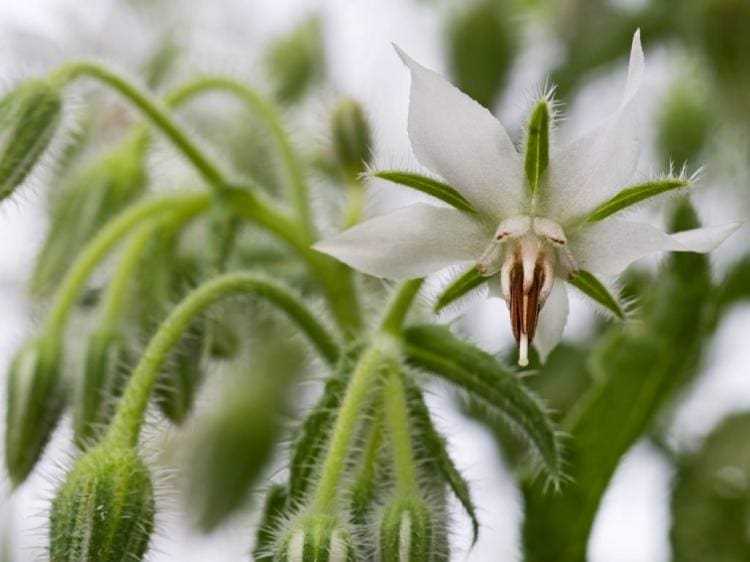
Cucumber grass, also known as borago, is a versatile and easy-to-grow herb that is native to the Mediterranean region. It is a popular plant in traditional medicine and culinary dishes due to its unique and refreshing flavor. This article will guide you through the process of planting and caring for cucumber grass, as well as provide information on its various properties.
When it comes to planting cucumber grass, it is important to choose a sunny location with well-drained soil. The plant prefers warm climates and thrives in areas with temperatures between 70 and 85 degrees Fahrenheit. You can sow the seeds directly into the ground or start them indoors and transplant them later. Keep in mind that cucumber grass has a deep root system, so it is best to sow the seeds directly where you want them to grow.
Once planted, cucumber grass requires regular watering to ensure optimal growth. However, be careful not to overwater, as this can lead to root rot. It is also a good idea to mulch around the base of the plant to retain moisture and suppress weeds. Additionally, cucumber grass benefits from regular pruning to encourage bushier growth and prevent it from becoming leggy.
In terms of its properties, cucumber grass is known for its cooling and soothing effects. The leaves and flowers of the plant contain essential oils that have anti-inflammatory properties and can help relieve skin irritations and bug bites when applied topically. Cucumber grass is also a great source of minerals such as potassium and calcium, as well as vitamins A and C, making it a nutritious addition to your diet.
In conclusion, cucumber grass is a versatile and beneficial herb that can be easily grown in your garden. Whether you want to enjoy its refreshing flavor in culinary dishes or harness its medicinal properties, this plant is a valuable addition to any home garden. By following the planting and care tips outlined in this article, you can ensure a successful and fruitful cucumber grass harvest.
Choosing the Right Location
When selecting a location for planting cucumber grass, there are a few important factors to consider:
Sunlight
Cucumber grass thrives in full sunlight, so it’s important to choose a location that receives at least 6-8 hours of direct sunlight per day. Without sufficient sunlight, the plant may grow weak and have a lower yield.
Soil Quality
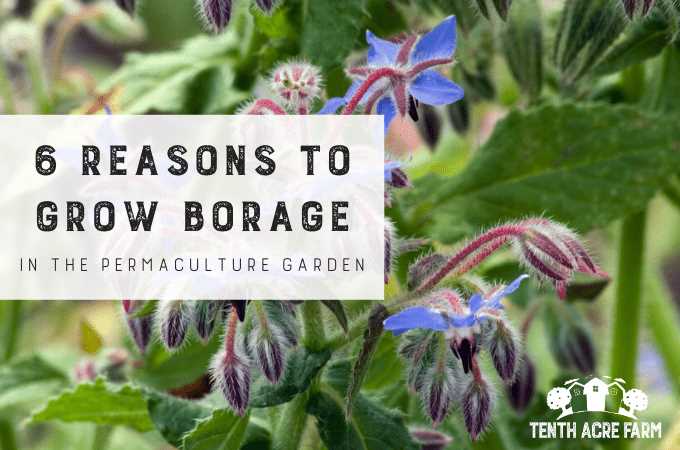

The soil should be well-draining and rich in organic matter. Cucumber grass prefers loamy or sandy soil with a pH level between 6.0 and 7.0. If the soil is heavy clay or compacted, consider adding compost or other organic matter to improve its structure and fertility.
Space
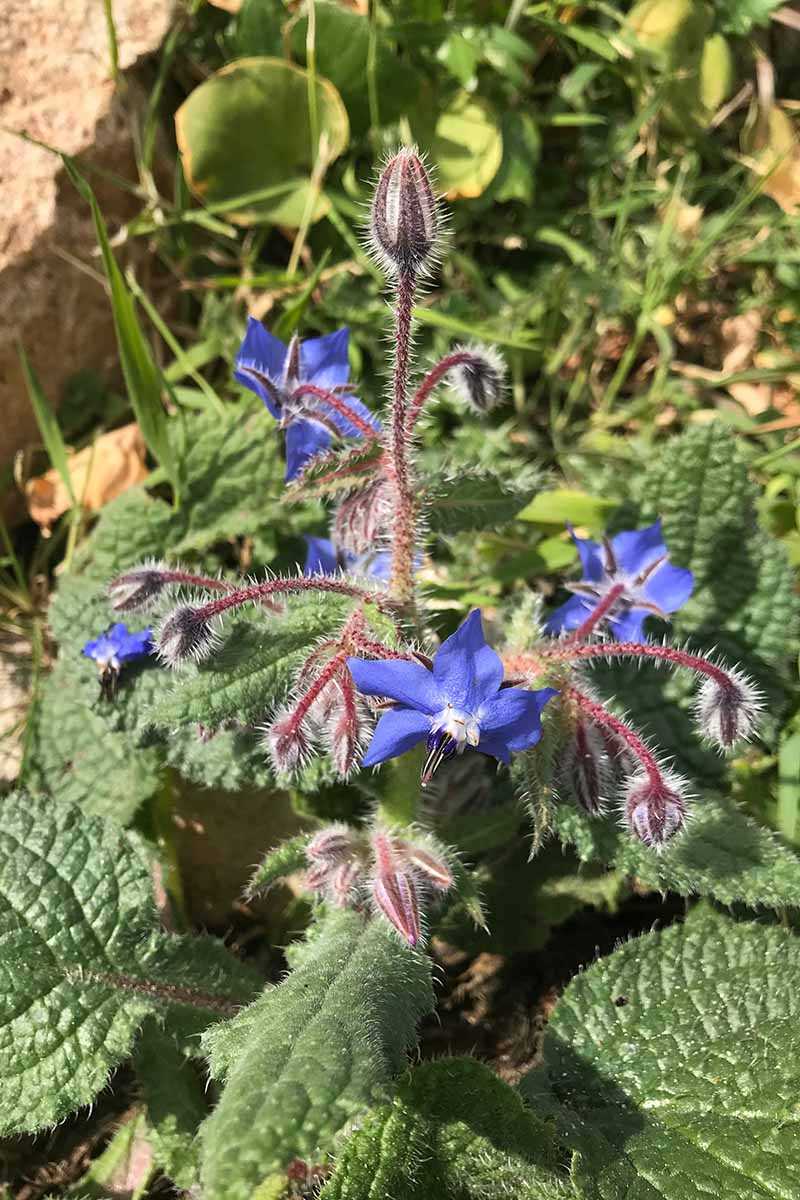

Cucumber grass plants can spread up to 2-3 feet, so make sure to provide enough space for them to grow. Planting them too close together can lead to competition for nutrients and stunted growth. A spacing of 18-24 inches between plants is generally recommended.
Protection from Wind
Strong winds can damage cucumber grass plants, so choose a location that provides some protection. Planting the cucumbers near a fence, wall, or other taller plants can help create a windbreak and shield them from strong gusts.
Accessibility to Water
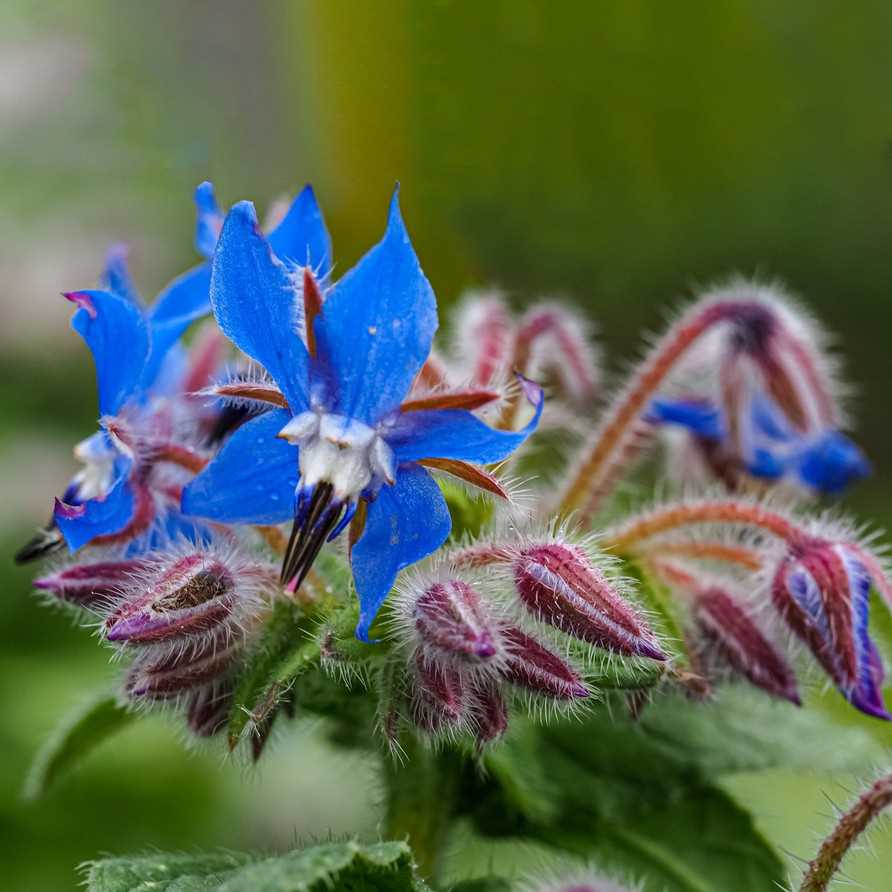

Cucumber grass requires consistent moisture to thrive, so it’s important to choose a location that is easily accessible to water. Consider proximity to a water source or irrigation system to ensure the plants receive adequate moisture throughout the growing season.
By considering these factors, you can choose the right location for planting cucumber grass and set the stage for healthy growth and a bountiful harvest.
Preparing the Soil
In order to ensure the successful growth of Cucumber Grass, it is important to prepare the soil properly. Here are some steps to follow:
- Choose a suitable location: Cucumber Grass thrives in well-draining soil and prefers full sun or partial shade. Select an area in your garden that receives at least 6 hours of sunlight per day.
- Clear the area: Remove any existing weeds or vegetation from the chosen location. This will prevent competition for nutrients and space.
- Loosen the soil: Use a garden fork or tiller to loosen the soil to a depth of at least 8 inches. This will allow the roots of the Cucumber Grass to penetrate easily and access necessary nutrients.
- Amend the soil: If the soil is poor in quality or lacks nutrients, amend it with organic matter such as compost or well-rotted manure. This will enrich the soil and provide essential nutrients for the plant’s growth.
- Test the soil: It is recommended to test the soil pH and nutrient levels before planting. Cucumber Grass prefers a slightly acidic soil with a pH range of 6.0 to 7.0. Adjust the pH if necessary by adding lime to increase acidity or sulfur to decrease acidity.
- Level and smooth the soil: Rake the soil surface to remove any large clumps or debris and create a smooth planting bed.
By following these steps, you can prepare the soil in the best possible way to ensure healthy and vigorous growth of your Cucumber Grass plants.
Seeding or Transplanting
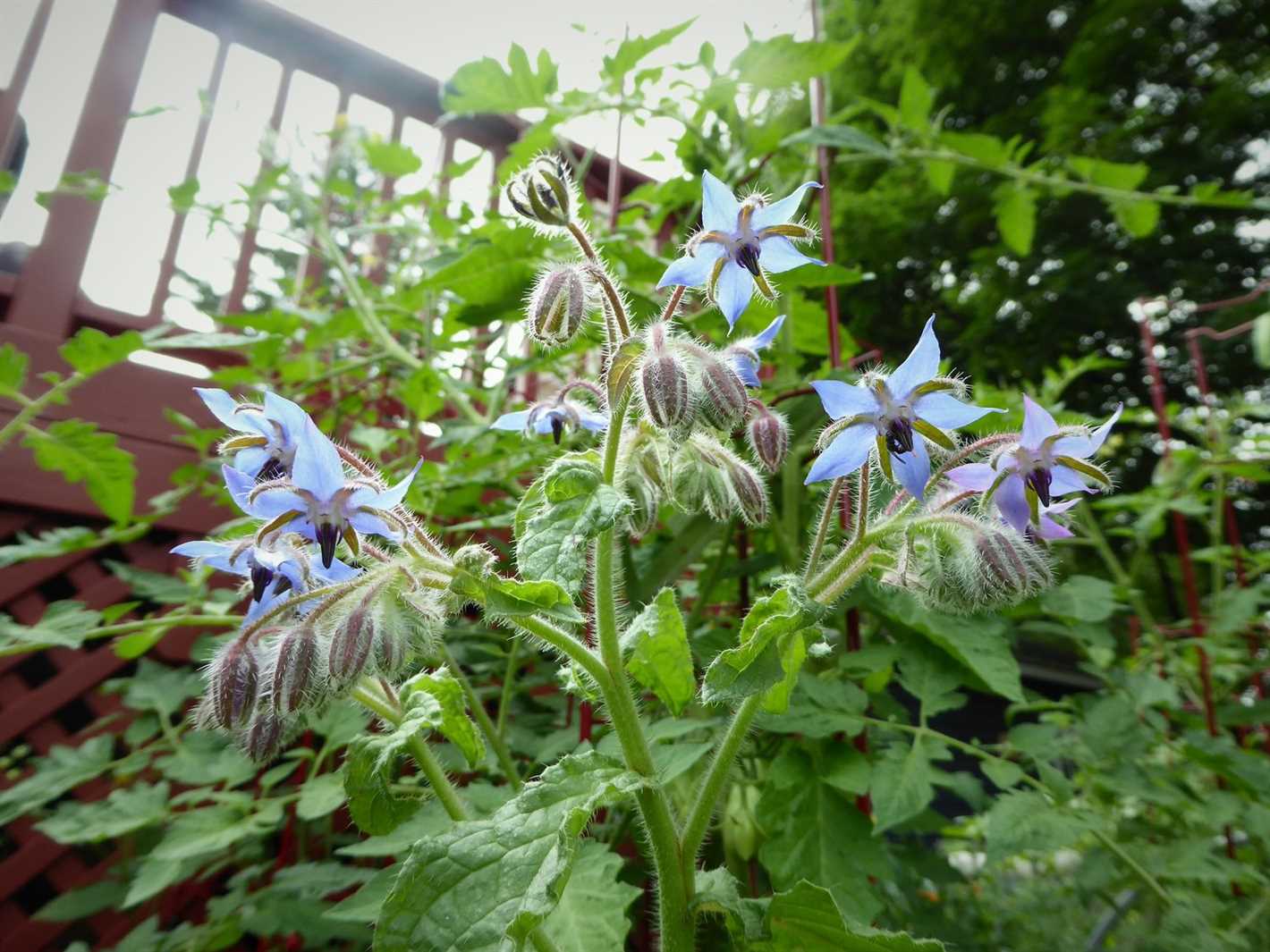

Seeding:
Seeding cucumber grass is a straightforward process that can be done either indoors or outdoors. Here is how you can seed cucumber grass:
- Choose a well-drained spot in your garden or a container with good drainage.
- Prepare the soil by loosening it and removing any weeds.
- If you are planting the seeds directly in the ground, sow the seeds about 1 inch deep and 6 inches apart.
- If you are starting the seeds indoors, sow them in small pots or seed trays filled with a seed-starting mix. Place the pots in a warm location with indirect sunlight.
- Keep the soil moist but not waterlogged.
- The seeds should germinate within 7 to 10 days.
- Once the seedlings have developed their second set of leaves, thin them to a spacing of 12 inches apart.
Transplanting:
If you started cucumber grass seeds indoors, you will need to transplant the seedlings to their permanent location once they have grown a bit. Here is what you need to do:
- Choose a sunny location with well-drained soil for transplanting.
- Carefully remove the seedlings from their pots or trays, being careful not to damage their roots.
- Dig a hole in the soil that is slightly larger than the root ball of the seedling.
- Place the seedling in the hole and gently firm the soil around it.
- Water the transplanted seedling thoroughly.
- Space the transplanted seedlings 12 to 18 inches apart.
Note: It is important to water cucumber grass regularly, especially during dry periods, to ensure proper growth and development.
Caring for Cucumber Grass
Cucumber grass, also known as Borago, is a hardy annual herb that requires minimal care. By following these simple guidelines, you can ensure the healthy growth and abundant harvest of your cucumber grass plants.
Planting
Cucumber grass thrives in full sun and well-drained soil. It is best to plant cucumber grass directly in the garden during the spring after the last frost. Prepare the soil by removing any weeds and adding organic matter or compost to improve its fertility. Scatter the cucumber grass seeds evenly and cover lightly with soil. Water the area gently to keep the soil evenly moist until germination occurs, usually within 7 to 10 days.
Watering
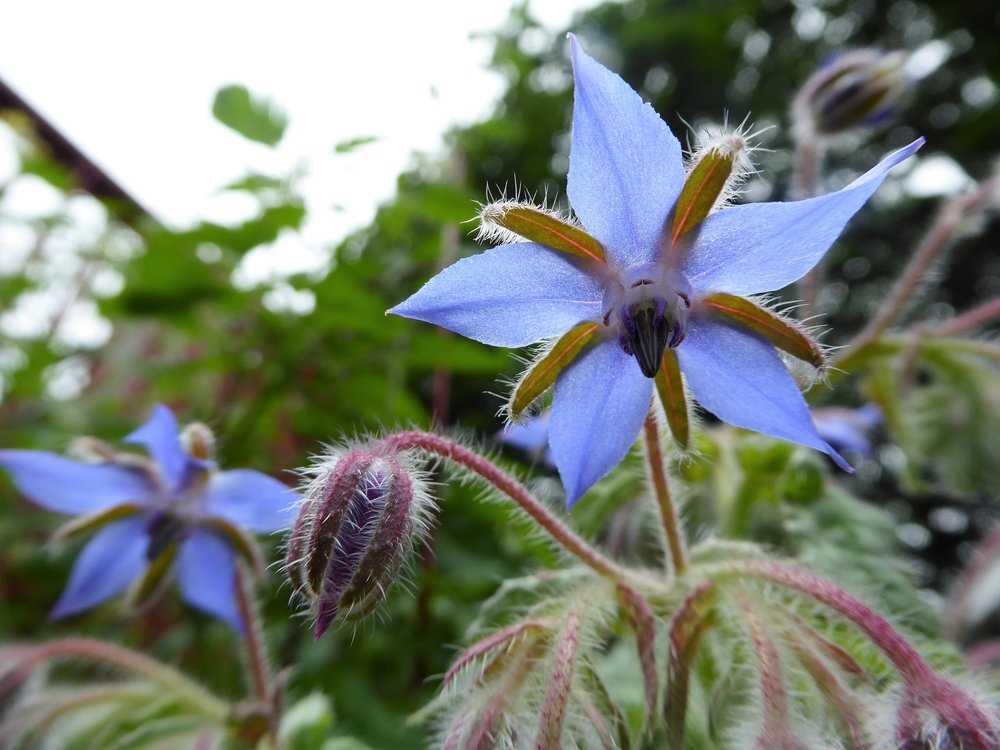

Cucumber grass plants have moderate water needs. It is important to provide consistent moisture, especially during dry spells. Water the plants deeply, allowing the soil to dry slightly between waterings. Avoid overwatering, as it may lead to root rot. Applying a layer of mulch around the plants can help conserve moisture and suppress weed growth.
Fertilizing
Cucumber grass is a moderately heavy feeder. To promote healthy growth and abundant flowering, apply a balanced fertilizer, such as a 10-10-10 or 14-14-14, once a month. Follow the recommended dosage on the fertilizer packaging and water the plants well after application.
Pruning
Cucumber grass does not require much pruning. However, if you notice any dead or damaged leaves, it is advisable to remove them to prevent the spread of diseases. Additionally, removing spent flowers can help prolong the blooming period and encourage the production of new flowers.
Pest and Disease Control
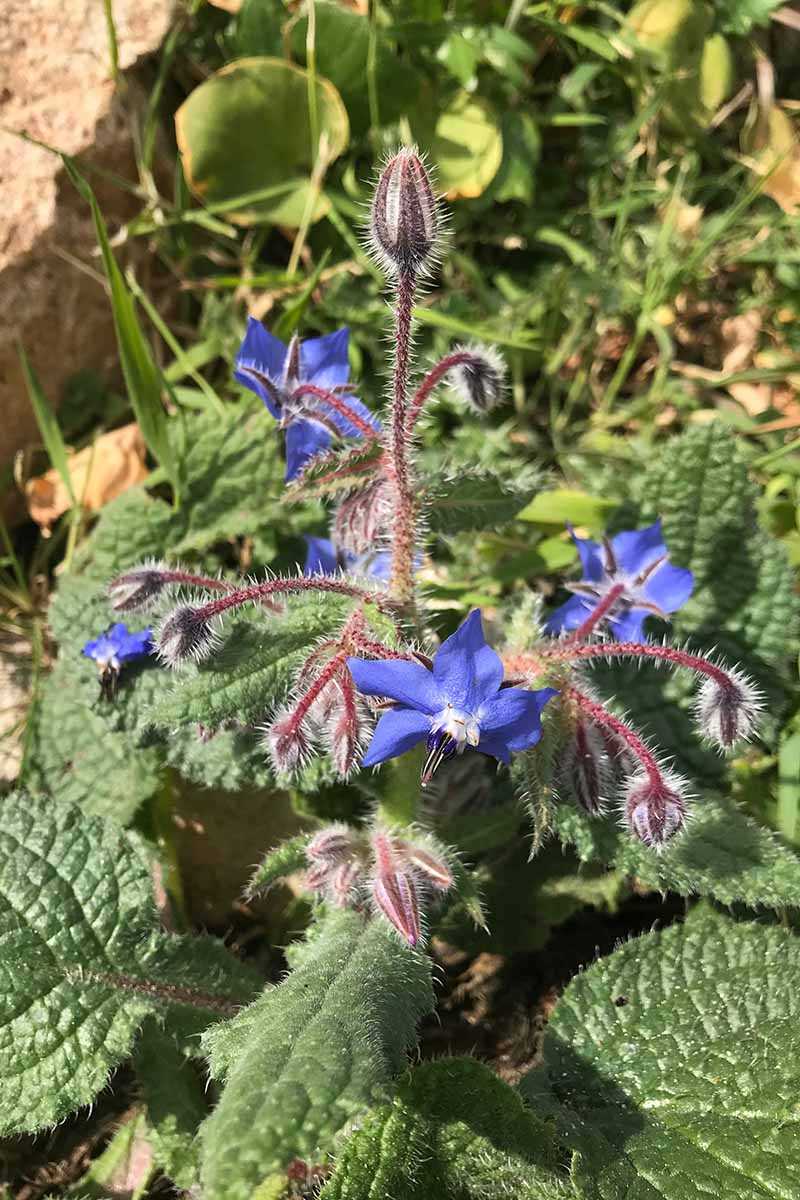

Cucumber grass is generally resistant to most pests and diseases. However, they may occasionally be attacked by aphids or spider mites. Regularly inspect the plants for any signs of pests or diseases, such as yellowing leaves or webbing. If necessary, treat the affected plants with insecticidal soap or a suitable pesticide according to the manufacturer’s instructions.
Harvesting
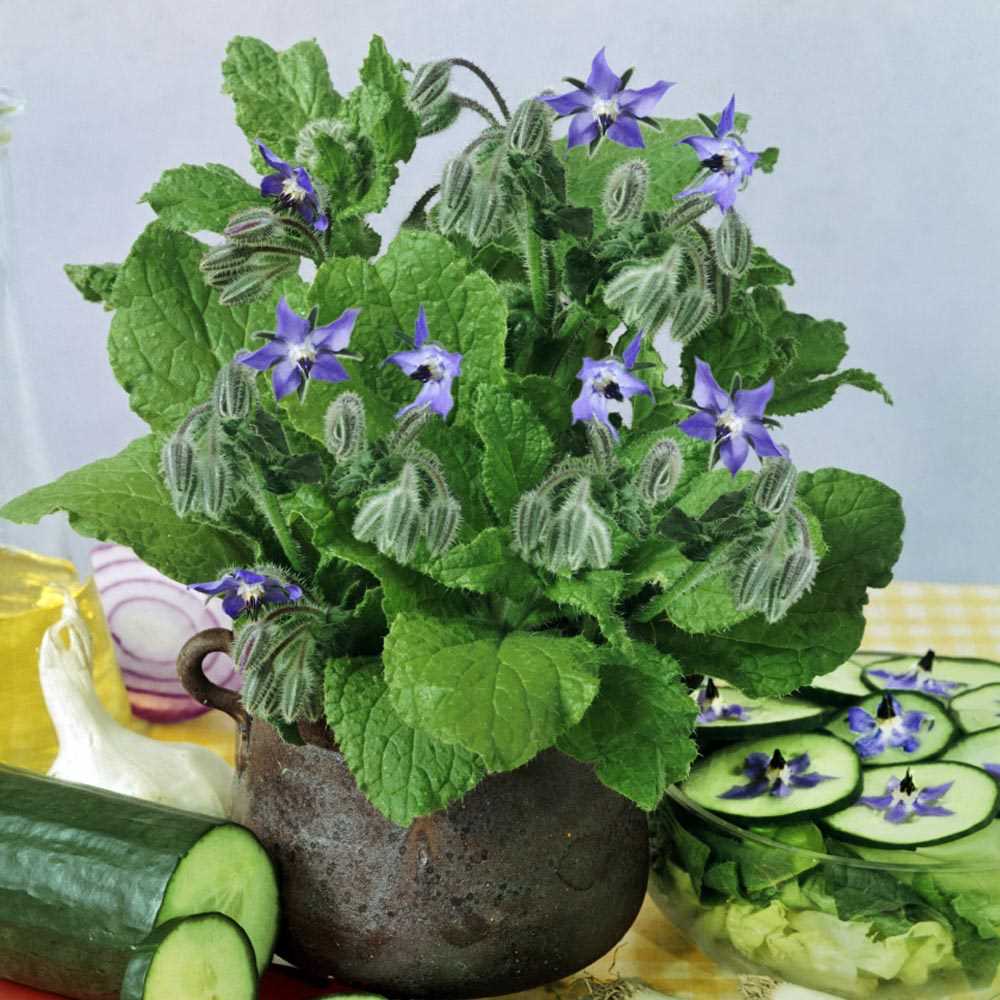

The leaves, flowers, and seeds of cucumber grass are all edible and can be harvested throughout the growing season. The leaves and flowers have a mild cucumber flavor and can be added to salads, soups, or infused into beverages. The seeds can be collected for culinary use or to sow for future plantings. To harvest the seeds, allow the flowers to dry on the plant. Once fully dried, shake the flowers gently to release the seeds.
By following these care guidelines, you can enjoy a bountiful harvest of cucumber grass and incorporate its unique flavor into your culinary creations.
Harvesting and Storage
Harvesting cucumber grass is a simple process that can be done by hand. The best time to harvest cucumber grass is when the leaves are young and tender, usually before they start to flower. It is important to harvest the leaves before they become tough and bitter.
To harvest cucumber grass, simply cut the leaves off the plant with a pair of sharp scissors or garden shears. Be sure to leave some leaves on the plant to allow it to continue growing and producing more leaves.
After harvesting the leaves, they can be used fresh in salads, soups, and other dishes. The leaves have a mild cucumber flavor that adds a refreshing taste to any recipe.
If you have more cucumber grass than you can use fresh, it can easily be dried for later use. To dry the leaves, spread them out in a single layer on a clean, dry surface. Allow the leaves to air dry for several days, turning them occasionally to ensure even drying.
Once the leaves are completely dry, store them in an airtight container in a cool, dark place. Dried cucumber grass leaves can be stored for several months and used as needed. They can be added to teas, infused into oils, or ground into a powder for use as a seasoning.
Properties of Cucumber Grass
- Common Name: Cucumber Grass
- Scientific Name: Borago officinalis
- Family: Boraginaceae
Description:
Cucumber Grass is an annual herbaceous plant that can grow up to 60 cm tall. It has large, hairy leaves that are pale green in color. The plant produces attractive blue or pink star-shaped flowers that are loved by bees. The flowers are followed by small fruits that resemble cucumbers, giving the plant its common name.
Medicinal Properties:
- Anti-inflammatory: Cucumber Grass is known for its anti-inflammatory properties. It can help reduce inflammation and swelling in the body.
- Diuretic: The plant has diuretic properties, which means it can promote urine production and help eliminate toxins from the body.
- Expectorant: Cucumber Grass has expectorant properties, making it useful for relieving respiratory conditions such as coughs and bronchitis.
- Soothing: The plant has a soothing effect on the skin, making it suitable for treating skin irritations and sunburns.
- Antioxidant: Cucumber Grass contains antioxidants that can help protect the body against free radicals and oxidative stress.
Culinary Uses:
The leaves and flowers of Cucumber Grass are edible and can be added to salads, soups, and other dishes. They have a mild cucumber-like flavor, hence the name “Cucumber Grass”. The plant is also used to flavor beverages and herbal teas.
Growing Conditions:
- Climate: Cucumber Grass prefers a temperate climate with mild summers and cool winters.
- Soil: The plant thrives in well-draining soil that is rich in organic matter.
- Sunlight: Cucumber Grass requires full sun to partial shade to grow and flower properly.
- Watering: The plant needs regular watering, especially during dry spells.
| Plant Type | Herbaceous Annual |
|---|---|
| Height | Up to 60 cm |
| Flower Color | Blue, Pink |
| Blooming Period | Summer |
| Hardiness Zone | 4-9 |
| Propagation | Seeds |
Questions and Answers:
What is cucumber grass?
Cucumber grass, also known as Borago officinalis, is a flowering annual herb that is native to the Mediterranean region.
How do I plant cucumber grass?
To plant cucumber grass, choose a sunny location with well-drained soil. Sow the seeds directly in the garden after the danger of frost has passed and keep the soil consistently moist until the seeds germinate.
What are the properties of cucumber grass?
Cucumber grass is known for its medicinal properties. It has anti-inflammatory and antioxidant properties, and is often used to treat skin conditions, reduce fever, and relieve coughs and colds.
Can I grow cucumber grass in containers?
Yes, cucumber grass can be grown in containers. Choose a container with good drainage and fill it with a well-draining potting soil. Place the container in a sunny location and water regularly.
How long does it take for cucumber grass to germinate?
Cucumber grass seeds usually germinate within 7 to 14 days.
How often should I water cucumber grass?
Cucumber grass plants require regular watering, especially during dry periods. Water them deeply once or twice a week, making sure the soil is moist but not waterlogged.
What are some common pests and diseases that affect cucumber grass?
Some common pests that can affect cucumber grass include aphids, caterpillars, and snails. Diseases that can affect this plant include powdery mildew and root rot.







